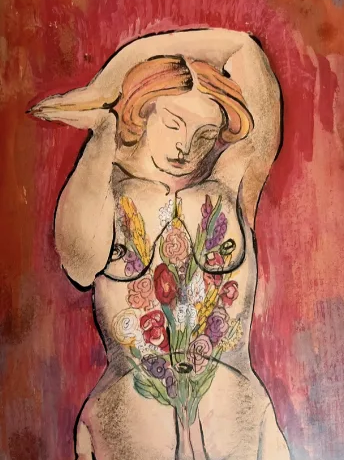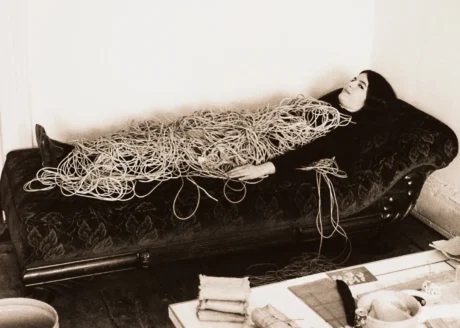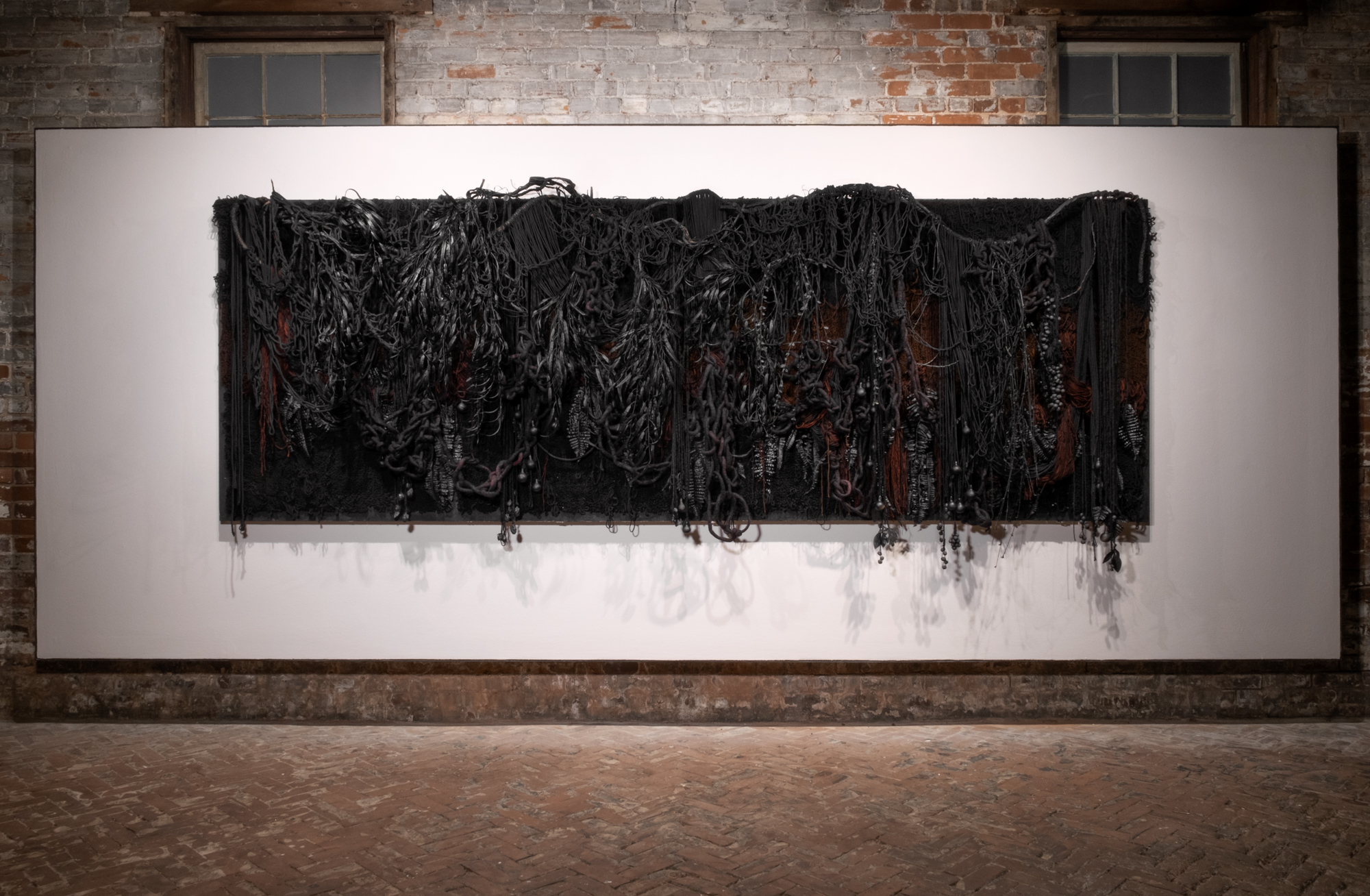
Atlanta Art Week creates space for art enthusiasts to enjoy a week-long celebration featuring established galleries, institutions, artist collectives, and cultural partners. Art advisor Kendra Walker designed the initiative to foster cohesivity through interaction by leading locals and newcomers from one distinct community to the next. In its second edition, over 40 partners participated in the Atlanta Art Week programming, making it a resounding success. Here are the top 10 must-see exhibitions on view.
Tianxing Xu, Alan Avery Art Company (through 11 December)
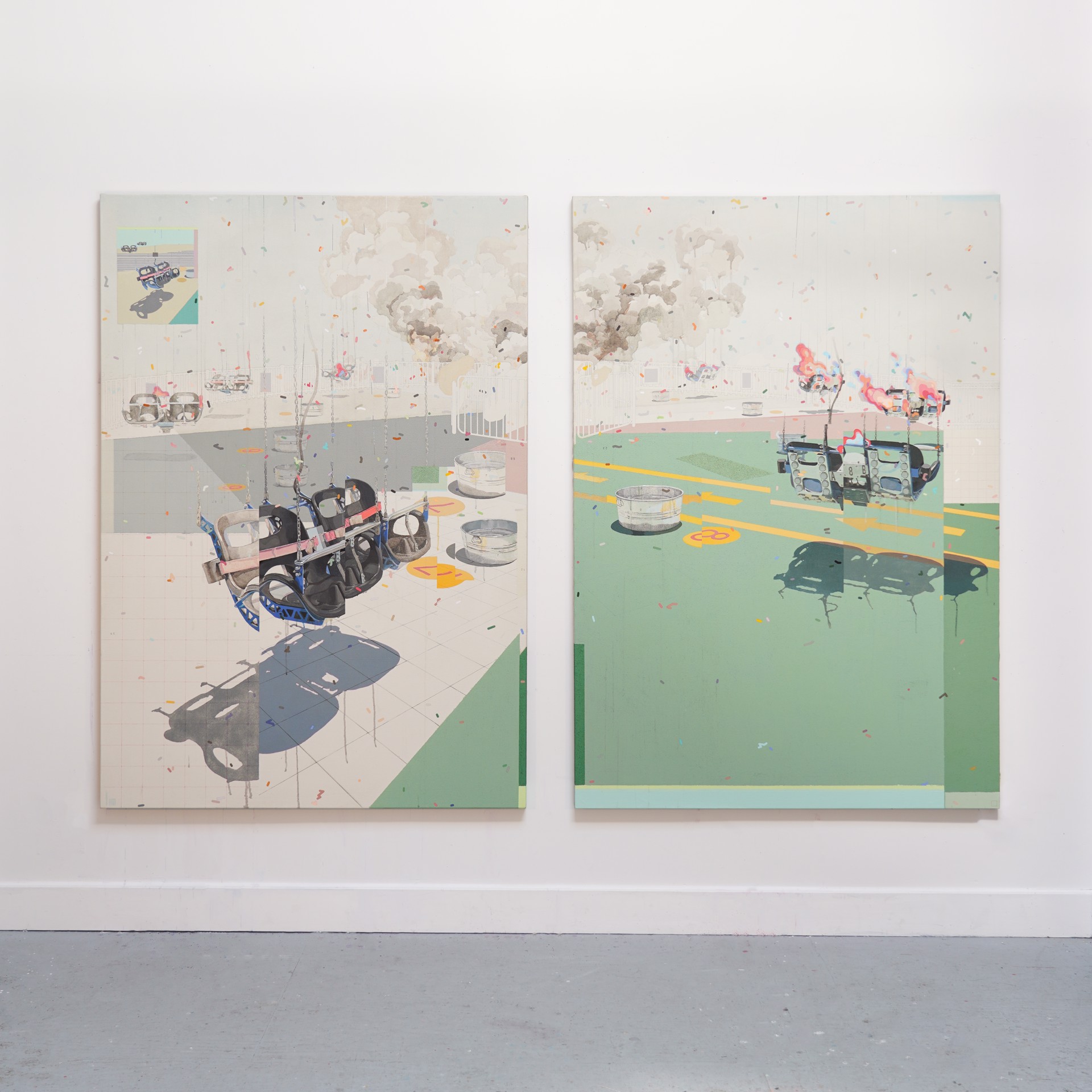
At the heart of this venture, Tianxing Xu invites us into the profound exploration of actualization. Xu contemplates how fragmented pieces can come together in a harmonious dance, creating a breathtaking mosaic of chaos and order within the confines of his visionary amusement park. Viewers are drawn into a world where imagination knows no bounds, and the fluidity of thought merges seamlessly with the precision of architectural design. Each canvas tells a playful story of dreams scattered like stardust and how genuine and awe-inspiring order emerges.
You Belong Here: Place, People, and Purpose Latinx Photography, Michael C. Carlos Museum (through 3 December)
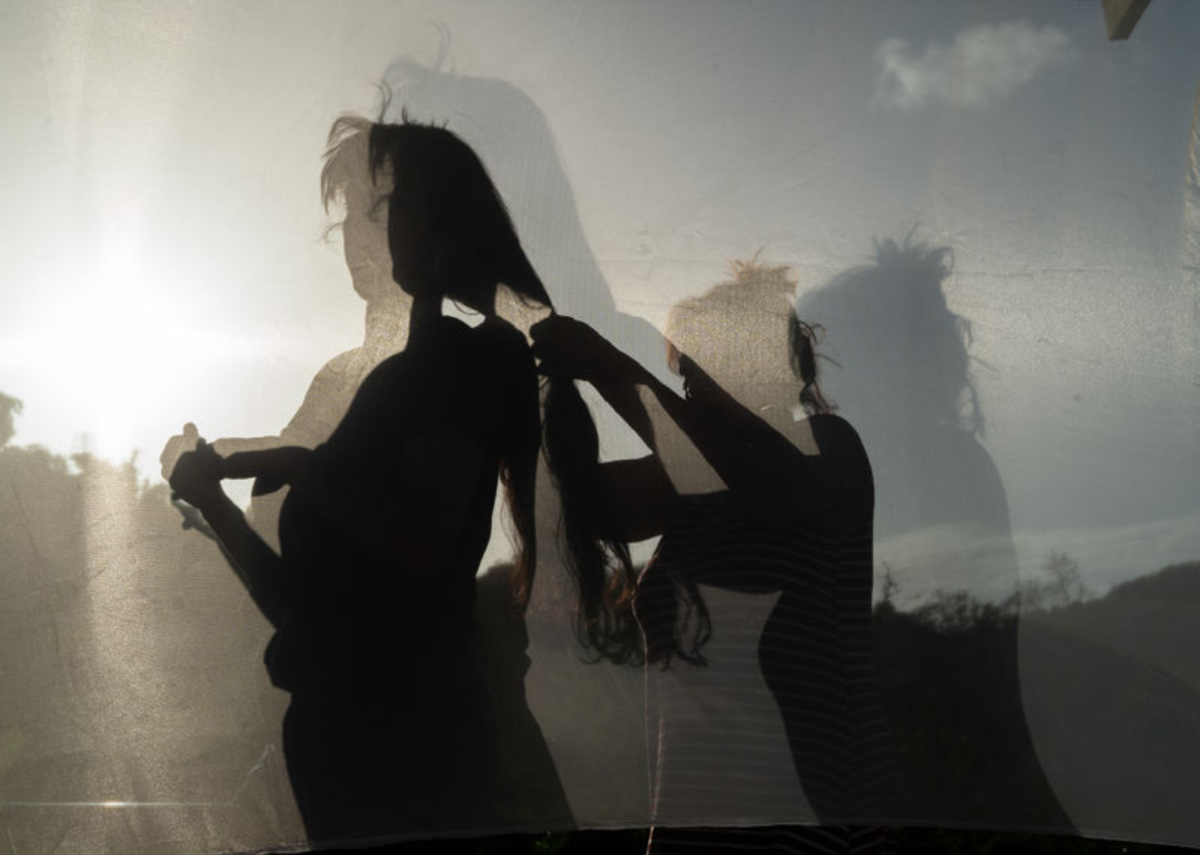
Featured in Aperture, this collaborative exhibition was an outgrowth of the magazine’s structure, examining the watershed moments of the ’60s and ’70s. The images craft familial origin stories of how immigrants became constituents of this country, collectively charting the roots of Latinx people and historicizing the American experience. Curator Pilar Tompkins Rivas contends that mainstreaming these works “pushes the art historical canon to expand and to acquire works by Latinx artists”. The work straddles the liminal space between Latin American cultures and postcolonial identities, speaking to those who crossed the border generations ago to those who cross today.
Alic Brock, Wolfgang Gallery (through 21 October)

Self-taught artist Alic Brock questions societal perceptions of fame and notoriety by distorting and manipulating images of famous individuals from the past and present. He uses airbrush techniques that create an effect similar to oil paintings, characterized by smooth gradients and sharp contrasts forming the figure. Brock’s collage and clip art painting style reflects the motif of fame and challenges our fascination with 20th-century Hollywood and contemporary icons.
David Antonio Cruz, Zuckerman Museum (through 9 December)
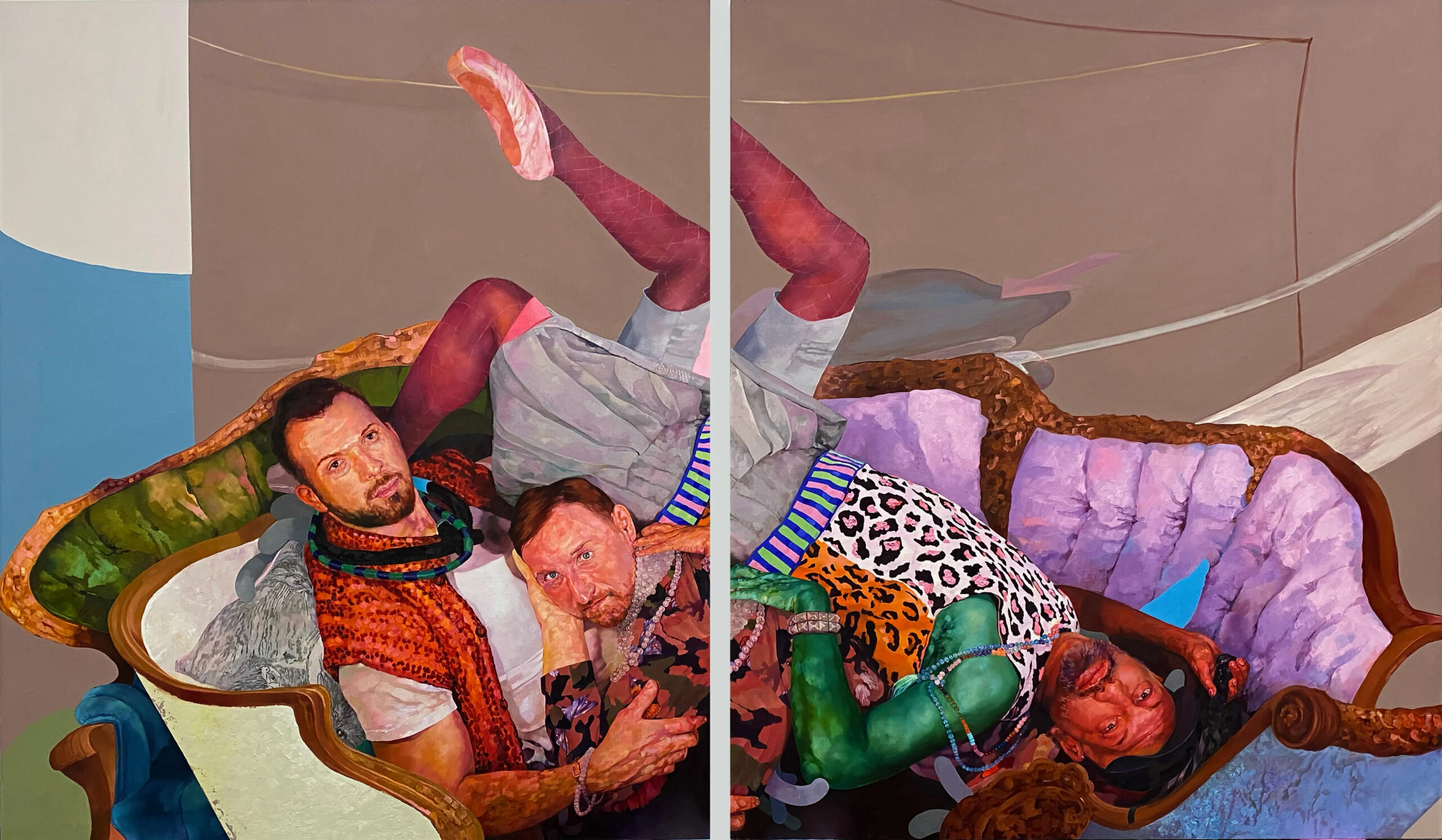
Courtesy of the Monique Meloche Gallery Private Collection
The incredible work of five Afro-Caribbean artists is featured in The Zuckerman’s latest group show, {UNDER}flow. Each artist brings personal connections to behaviour, place, and memory into their work, resulting in a rich tapestry of perspectives. Of particular note is David Antonio Cruz, who skillfully explores queer coding and body fragmentation themes through figuration, abstraction, and realism. In this work, he delves into the dynamics of non-biological fellowship between queer individuals. Cruz emphasizes and fosters the concept of family, which instills hope and fortitude. The portrait subjects are captured in a manner that subverts societal norms, defying the very act of posing. Much like the undercurrent of a river, the exhibition is a plunge into underlying themes that may not be encountered at the surface level.
Harmonia Rosales: Master Narrative, Spelman College Museum of Fine Art (through 2 December)
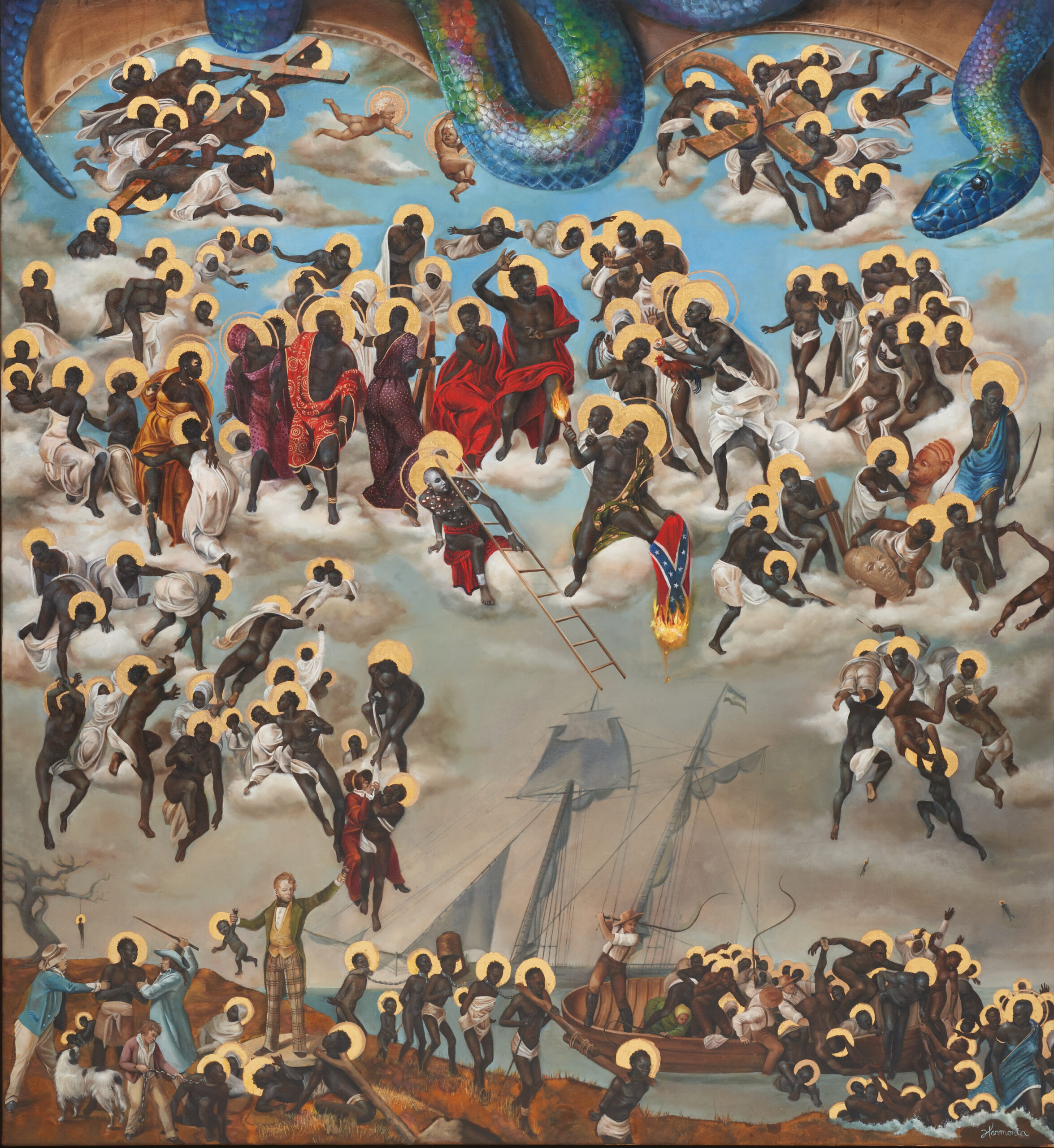
Harmonia Rosales, a self-taught artist who studied Old Masters, was led to create this body of work by her daughter’s desire to see museum paintings of people who look like her. This led Rosales on a journey to explore the concept of master narratives. Rosales challenges the idea of Europe as the epicentre for art and civilization by questioning the representation of people of colour in the art world. She blends concepts of the ocean and migrations of Orisha Gods to express the experience of the slave trade and examines the record of African deities by hiding the Orisha inside the saints of Christianity. Rosales hopes that one day, the tales of Orisha Gods will be as commonly known as those of Greek mythology.
In Unity, as in Division, Johnson Lowe Gallery (through 11 November)
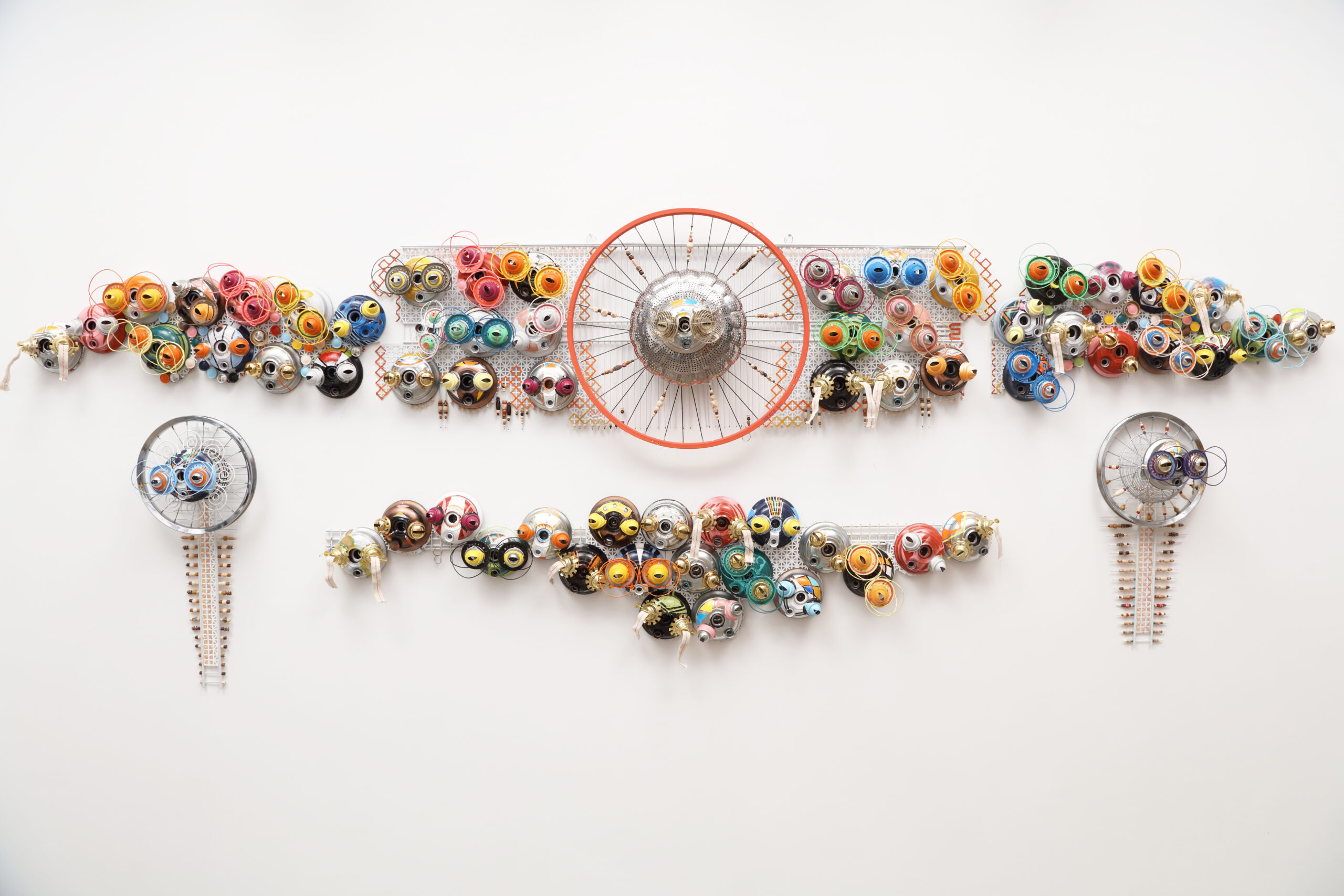
Showcased across the gallery’s expansive 7,000-square-foot space, this exhibition features seven talented and emerging artists: Demetri Burke, Danielle Deadwyler, Leia Genis, Wihro Kim, Masela Nkolo, Sergio Suárez, and Ellex Swavoni. From paintings to sculptures, each artist’s work is thoughtfully displayed in seven individual sections of the gallery, creating a dynamic and visually stunning experience for all who attend. As you enter the gallery, you are greeted by the striking figure formations created by Masela Nkolo. Upon close observation, you’ll notice the intricate details of the objects used in each sculpture. Oil lanterns, bicycle frames, cabinet knobs, screwdrivers, and metal baskets have been deconstructed and skillfully crafted into busts and abstract forms. Nkolo’s ingenious ability to transform discarded objects into art is matched by his pursuit of unconventional methods to reconstruct them. Together, these endeavours provide a fascinating glimpse into the intricate and varied identities of Congo’s historical and contemporary culture.
Meghann Riepenhoff & Richard Misrach Duet, Jackson Fine Art Gallery (through 22 December)
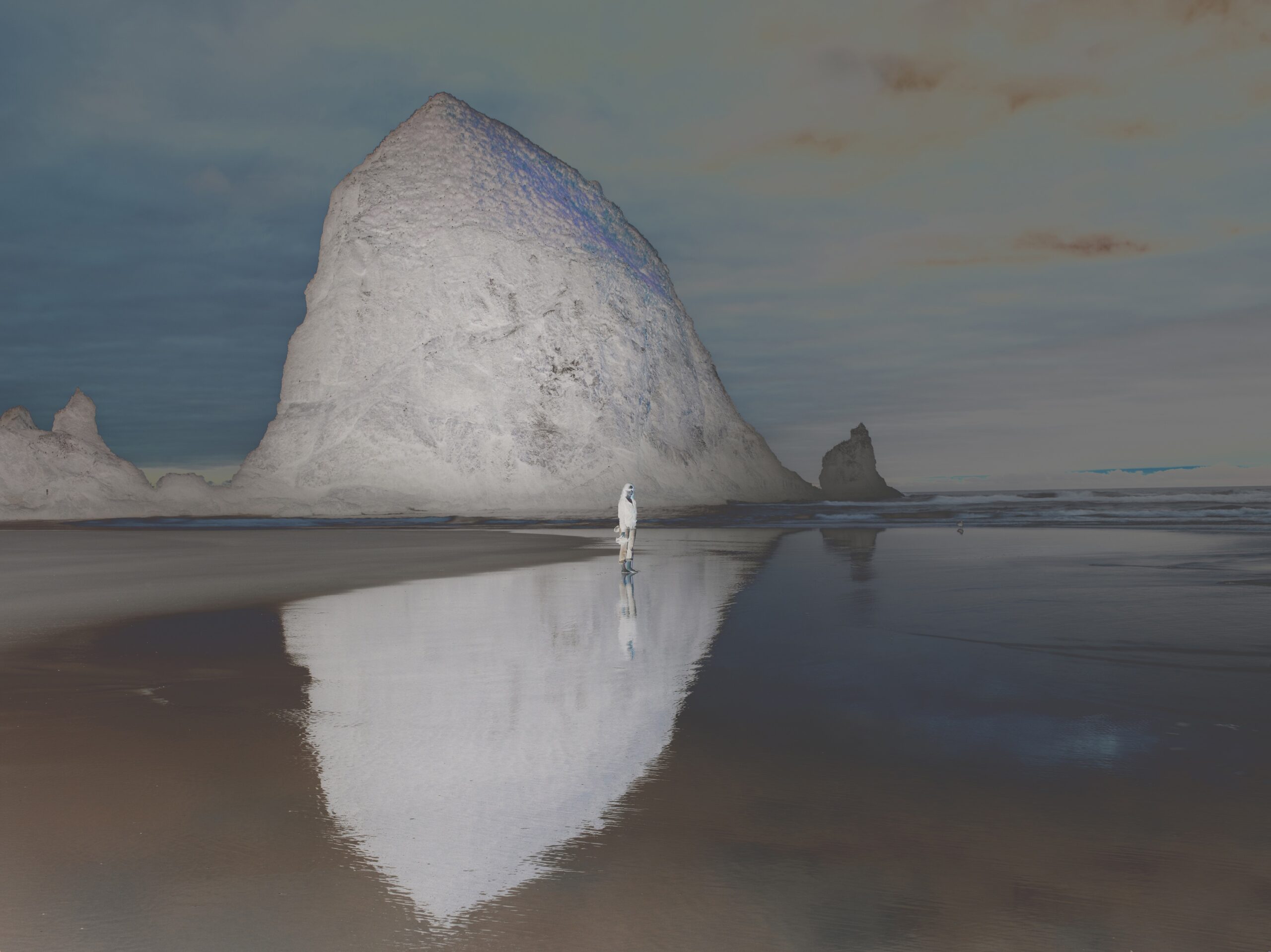
Renowned photographer Richard Misrach presents his work focused on the complex relationship between humans and nature. His photographs are characterized by their striking use of colour and their ability to capture the essence of the environment. One of his most notable series is The Desert Cantos, which depicts the harsh and unforgiving landscape of the American Southwest. This joint exhibition also features Guggenheim fellow Meghann Riepenhoff, a protegé of Misrach. Riepenhoff’s photographs are unique in that they are created through a process that involves exposing the photographic paper to the elements, such as water, sand, and sunlight, resulting in one-of-a-kind images imbued with nature’s raw power.
Michael Reese, Sandler Hudson Gallery (through 21 October)
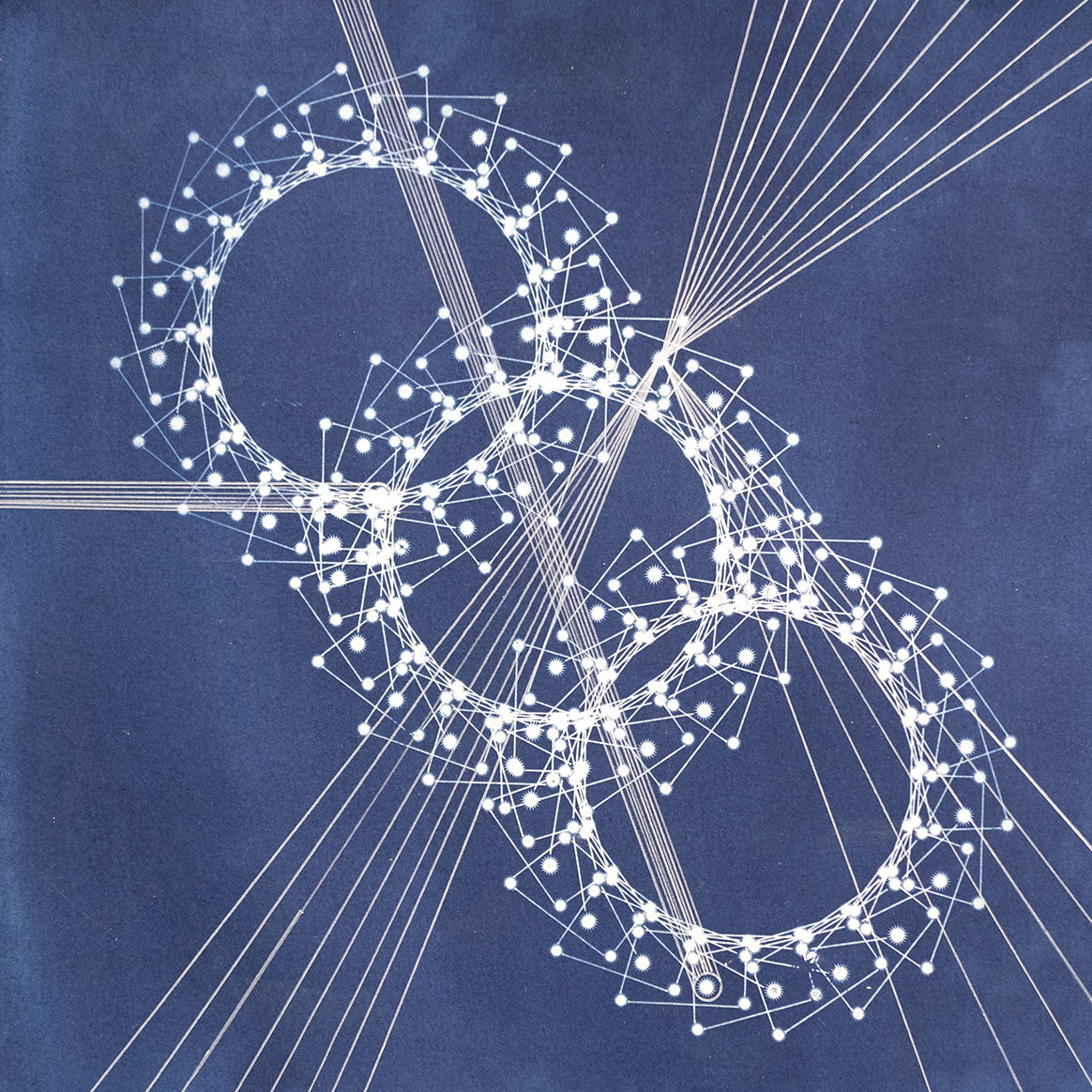
In Decoding Polaris, Michael Reese uses cyanotypes to explore ideas of transcending earthly boundaries through celestial insights. Reese reimagines cosmic maps by referencing enslaved people’s historical use of stars and sky patterns in the 19th century for navigation, particularly the Ursa Minor constellation and the North Star (Polaris). The North Star, or Polaris, guided individuals to freedom. Decoding Polaris not only honours human resourcefulness during this era but also recognizes the innate human desire for freedom. The show connects the evolution of human resilience in a way that resonates with contemporary discussions about social justice and innovation.
Sonya Yong James, Whitespace Gallery (through 25 November)

The Pleasure Was All Mine opens a portal to a world where the ephemeral aspects of life are at the forefront. For Sonya Yong James, her sculptures serve as messengers, conveying stories and memories often lost in the passage of time. Each sculpture is a whisper that offers a new perspective and an appreciation for the ordinary. The narratives mirror the journey of the self through daily existence, collecting transient memories and interweaving loose threads before the memories fade into a realm of ephemera.
Facing Y’all: Inclusion Through the Lens, Spruill Gallery (through 29 October)
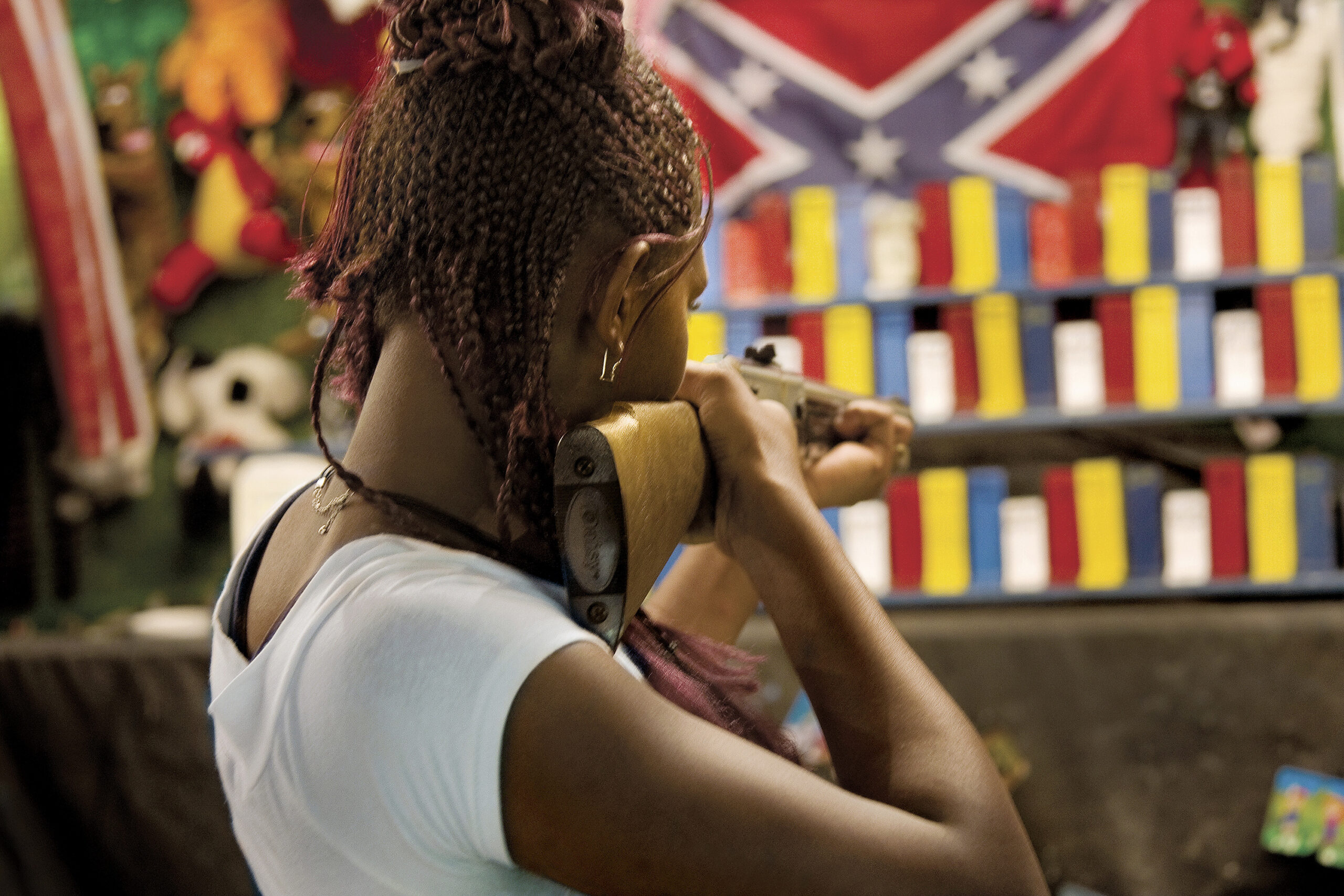
Facing Y’all: Inclusion Through the Lens presents a collection of photographs that highlight tensions and contradictions in the South, aiming to promote the necessity for coexistence and harmony in the region. This photo captured by Jerry Siegel at a county fair features a young lady holding a toy gun with a blurred Confederate flag in the background. This image underscores the haunting presence of the flag in public spaces, its ever-present propaganda, and the connotation it has in the South. The work encapsulates the intersection of childhood, innocence, and play while it pokes at historical memory and desensitization in a broader sociopolitical context. The interplay between powerful photography and social analysis makes the show worth unpacking.
Words by Samaira Wilson


